Düzenleyici işaretler
- 1/64
Slow down and let traffic on the main road go first. Yield to vehicles already in or approaching the junction. Proceed only when the road is clear.

Stop completely at the sign and proceed only when the way is clear.Failing to do so can lead to serious accidents and traffic violations.
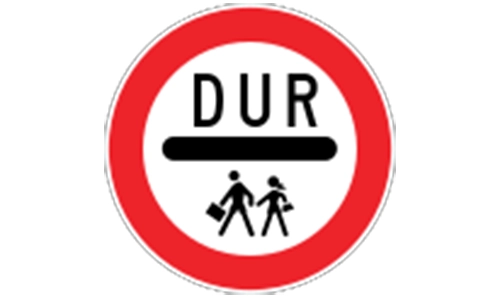
Stop fully and watch for children crossing the road. Common near schools or playgrounds. Children may appear suddenly.
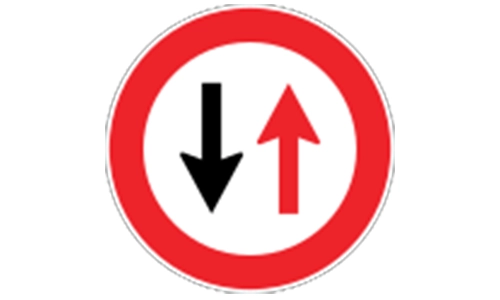
Allow oncoming traffic to pass first. Used where the road is narrow or merges. Wait your turn to avoid conflict.
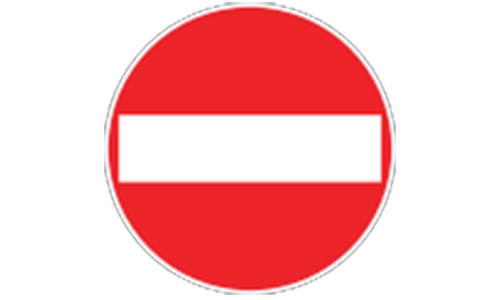
Vehicles are not allowed to enter from this direction. It’s usually a one-way exit or restricted zone. Violations may cause head-on collisions.

No motor or non-motor vehicles may enter. The road is reserved for specific users. Look for alternative routes.
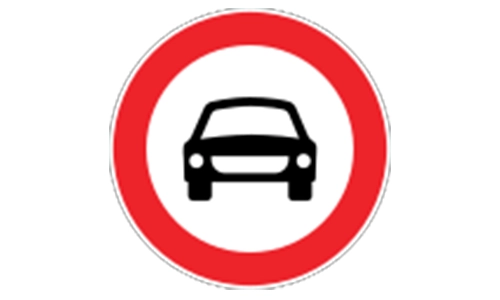
All motor vehicles except motorcycles are banned. Only bikes and motorcycles may continue. Usually seen on narrow paths.
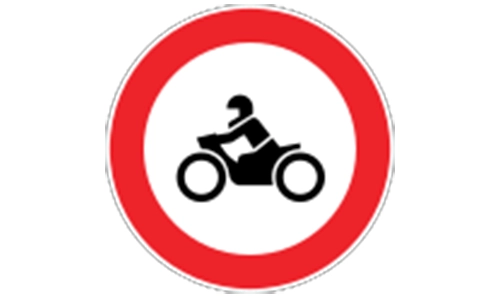
Motorcycles are not allowed to pass beyond this sign. Often used in residential or pedestrian-heavy zones. Check for alternate routes.
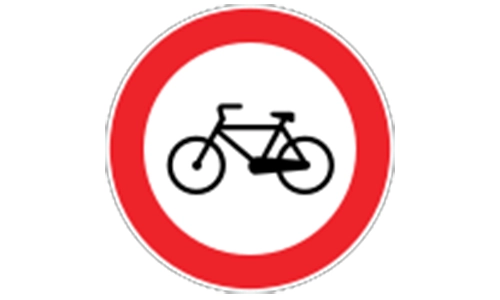
Bicycles are not permitted on this route. For safety or traffic flow reasons. Cyclists must use designated lanes.
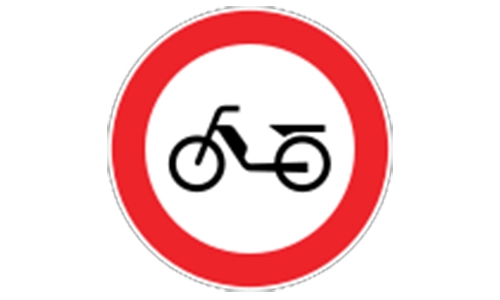
Mopeds are banned in this area. Typically used on high-speed roads or quiet zones. Use the parallel moped-friendly route.
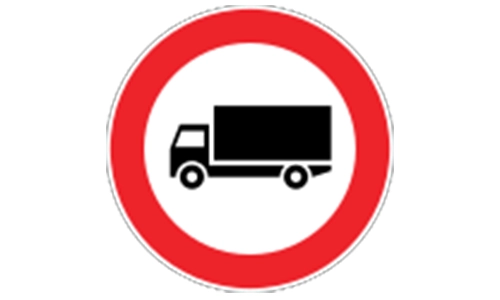
Trucks are not allowed beyond this point. To avoid congestion or protect road structure. Applies to large and heavy goods vehicles.
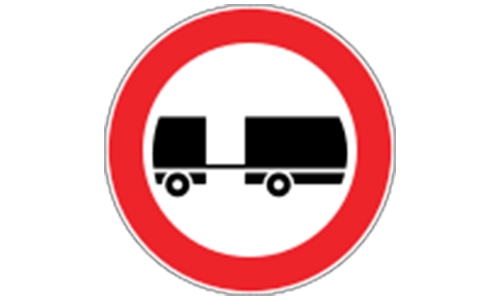
Vehicles towing trailers are not allowed. Common near sharp turns, tunnels, or steep inclines. Ensures road safety.
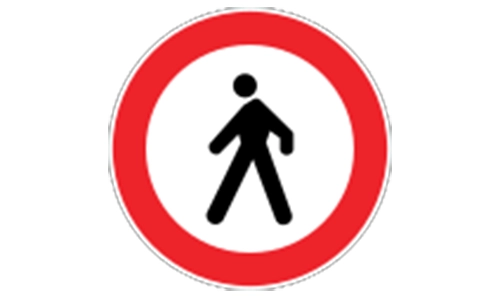
Walking in this area is not allowed. The road may be dangerous or vehicle-only. Pedestrians must use other walkways.

Animal carts are not allowed. Usually found in urban, fast-moving traffic zones. Intended for safety and flow control.
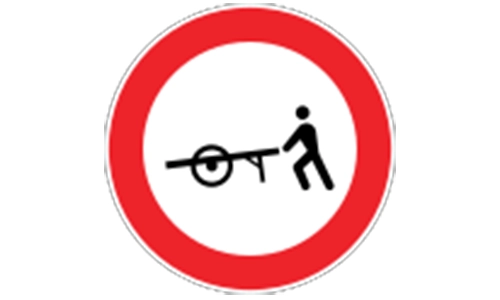
Manually pushed carts are banned beyond this sign. Common in vehicle-only commercial or construction areas.
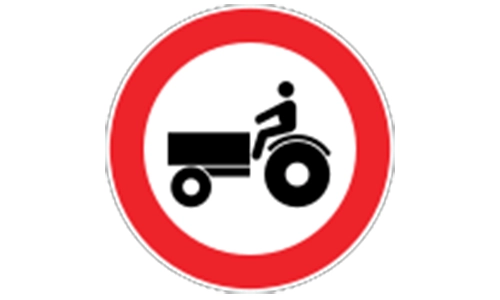
Tractors may not proceed past this point. Restricted for traffic flow and safety reasons. Often seen on urban roads.
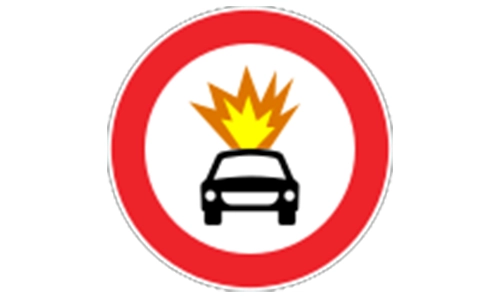
Transport of explosive goods is restricted. This is a hazard control zone. Follow assigned dangerous goods routes.
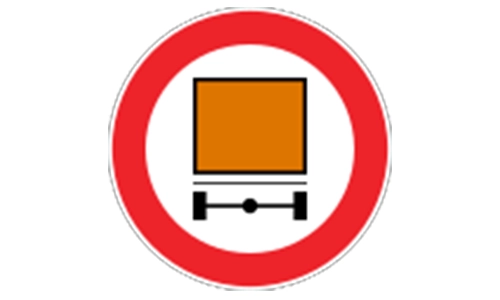
Vehicles with hazardous materials cannot enter. It protects populated or environmentally sensitive areas.

Vehicles with water-polluting cargo are banned. Protects water bodies and ecosystems nearby.
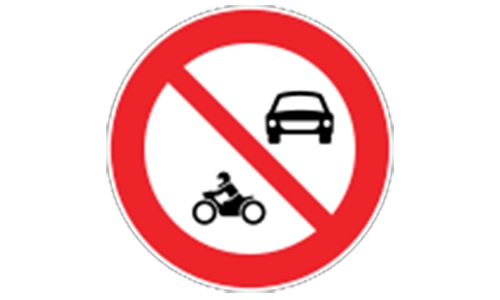
All motorized vehicles are prohibited. Road is reserved for pedestrians, bikes, or trams. Follow detour signs.
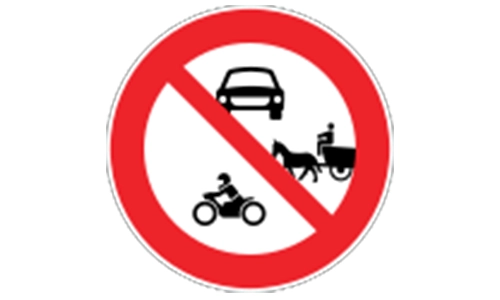
Both powered and animal-drawn vehicles are not allowed. May apply to parks or protected areas.
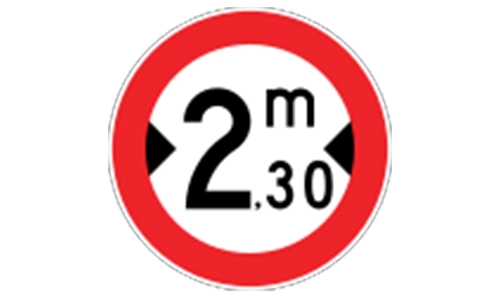
Vehicles wider than the marked size are banned. Avoid tunnel or lane scraping. Check vehicle dimensions.
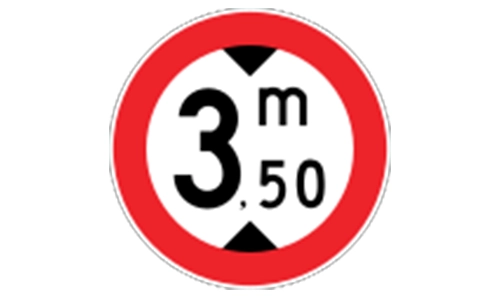
Over-height vehicles cannot enter. Low bridges or signs ahead may cause damage. Look for clearance alternatives.
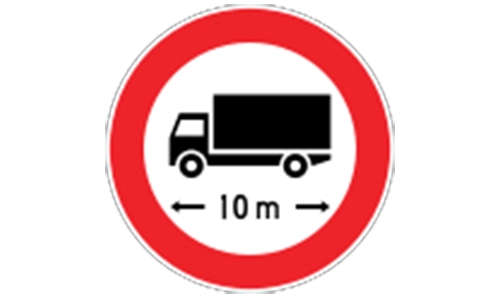
Vehicles longer than the limit are not permitted. Prevents turning and space issues in tight areas.
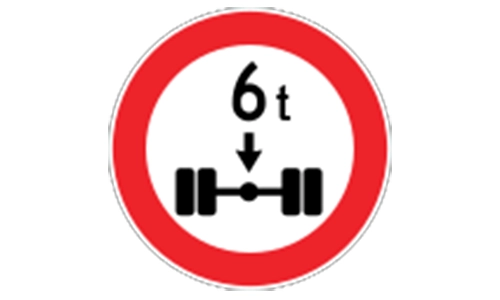
Restricts load on each axle of a vehicle. Helps protect weak or sensitive road structures. Enforced using weighbridges.
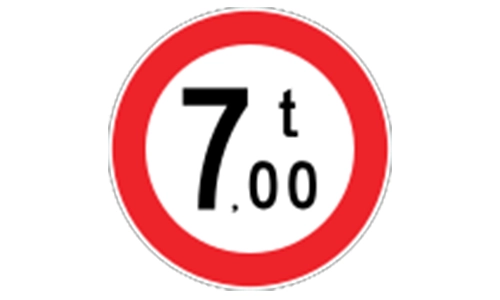
Total vehicle weight must not exceed the stated limit. Ensures bridge and surface safety. Common in rural or bridge zones.
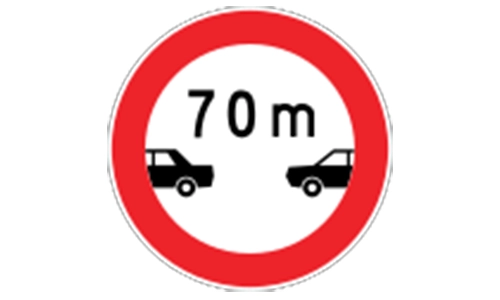
Maintain the distance shown from the vehicle ahead. Often enforced in tunnels or poor weather. Helps prevent pile-ups.
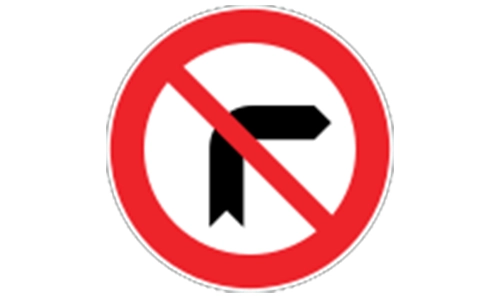
Right turns are not allowed. Take a detour or alternate path. Helps prevent traffic disruption at junctions.
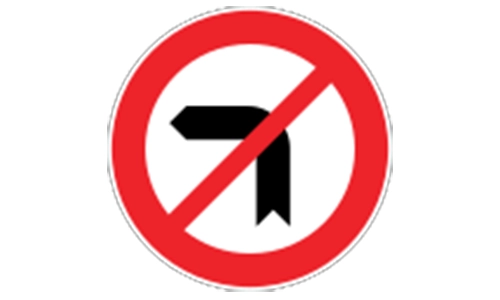
Left turns are prohibited. Used at busy or restricted intersections. Helps streamline traffic flow.
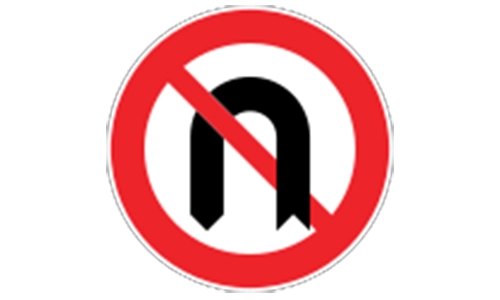
U-turns are not permitted here. Look for marked U-turn areas. Disobeying this sign can risk head-on collisions.
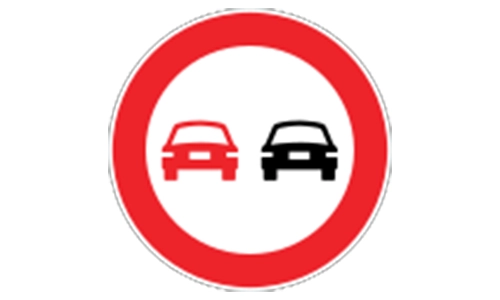
You must not pass other vehicles. Common on narrow, curved, or dangerous roads. Follow behind until allowed.
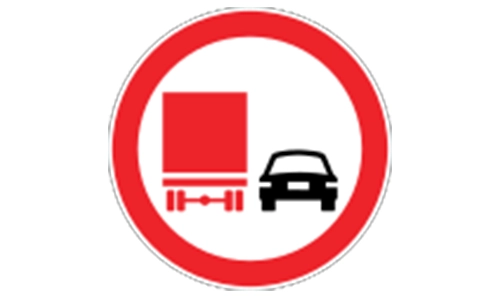
Trucks and goods vehicles may not overtake. Keeps traffic flowing smoothly. Often used on uphill roads.
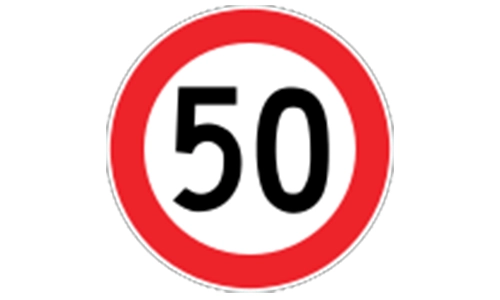
Do not exceed the speed shown. Helps ensure safety for all road users. Monitored with cameras or police.

Honking is prohibited. Used in quiet zones like hospitals or schools. Use headlights or indicators if needed.
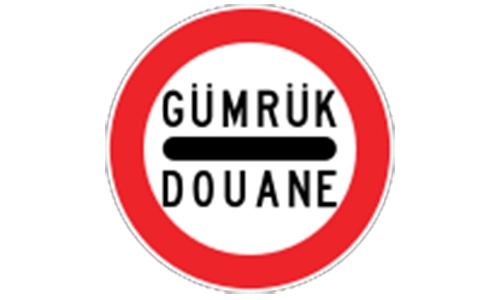
Mandatory customs check ahead. Stop for inspection. Common at country borders.
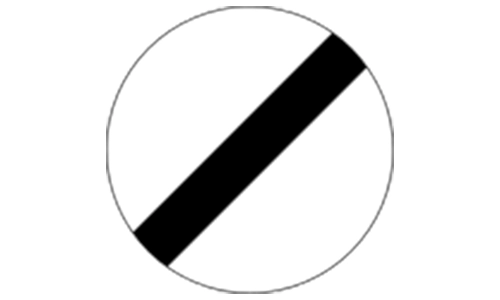
All prior restrictions no longer apply. Resume normal traffic behavior. Obey new signs ahead.
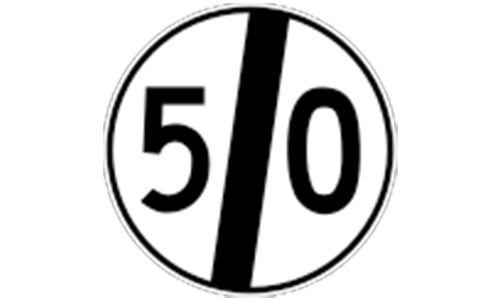
Previous speed restriction has ended. Use discretion and follow local limits. Not a free-speed zone.

You may now overtake where safe. Check markings and traffic first. Overtake responsibly.
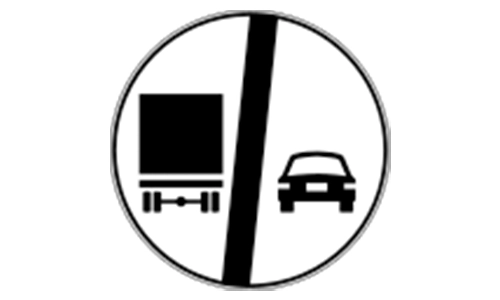
Trucks may now pass other vehicles. Use caution and keep left if slower.
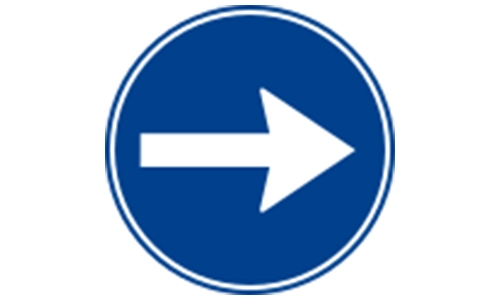
All vehicles must turn right. Used at controlled junctions. Prepare to merge or yield.
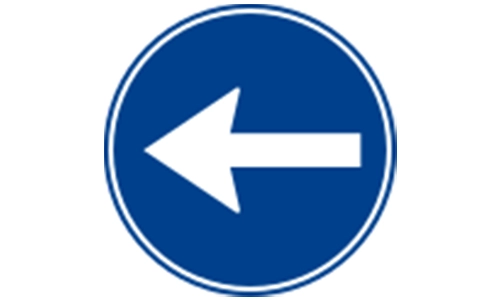
All traffic must turn left. Follow arrows and lane markings. Watch for oncoming traffic.
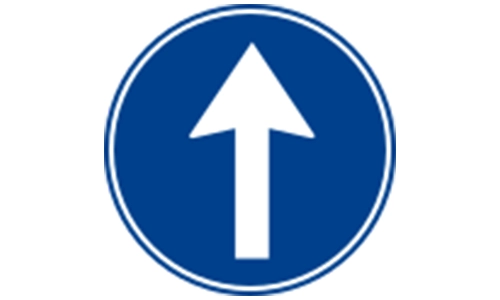
You must go straight ahead. No turning allowed at this point. Keep in the correct lane.
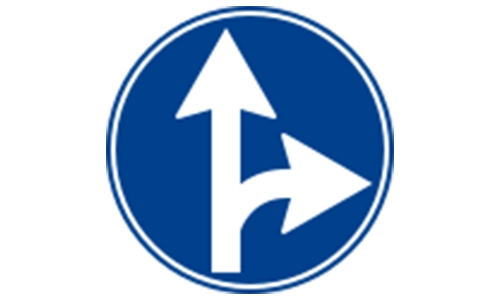
Only these two movements are allowed. Choose the correct lane early. Follow intersection arrows.
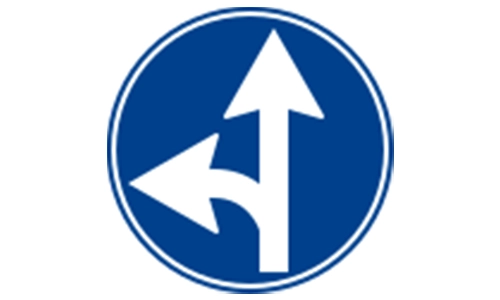
Go straight or turn left only. Turning right is restricted. Used to simplify intersections.
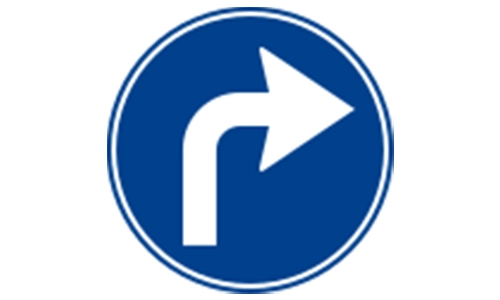
Prepare for a right turn soon. Often used before junctions or bends. Get into the right lane early.
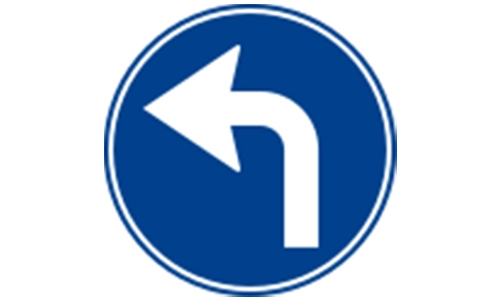
A left turn is coming up. Reduce speed and position your vehicle accordingly. Useful on highways and ramps.
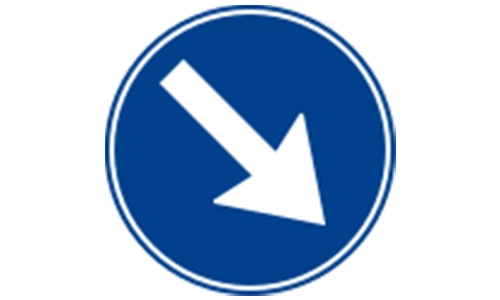
Pass to the right side of an obstacle. Common at medians, dividers, or narrow roads.
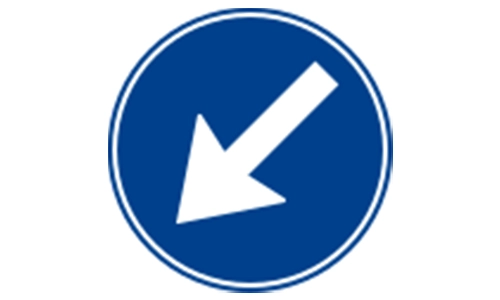
Stay left of an object or barrier. Helps maintain flow and prevent collisions.
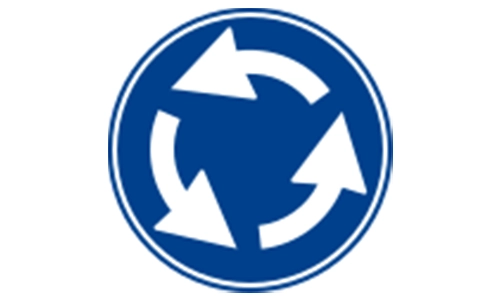
Circular junction ahead. Yield to vehicles already in it. Enter and exit at your turn.
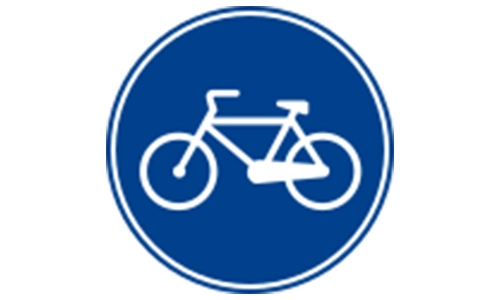
Road is reserved for bicycles only. Motor vehicles must stay off. Follow local lane rules.
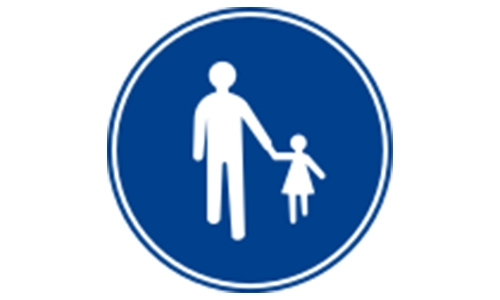
Reserved for walking. No cycles or vehicles allowed. Maintain safe walking speed.
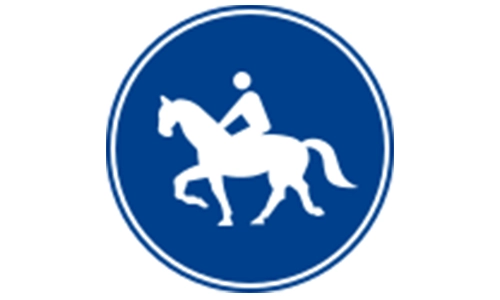
Path reserved for horse riders. Vehicles and pedestrians must stay out. Found near equestrian zones.
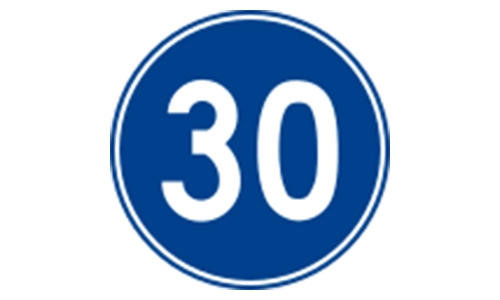
Drive at least the speed shown. Used on highways or tunnels. Prevents slow traffic hazards.
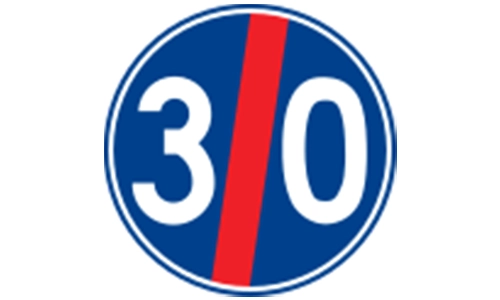
Minimum speed rule ends here. You may now adjust to slower safe speeds.
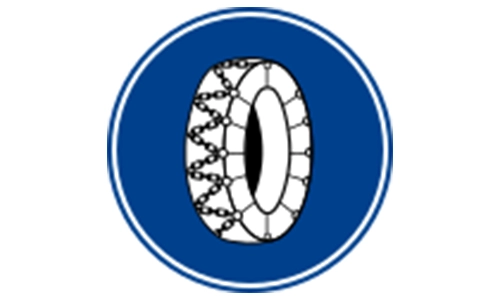
Snow chains required on tyres ahead. Enhances grip in icy areas. Follow local seasonal laws.
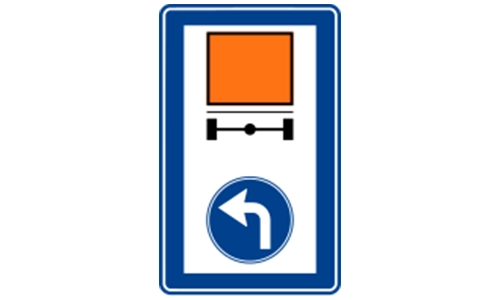
Hazardous cargo vehicles must turn left. Special route for safety. Obey strictly.
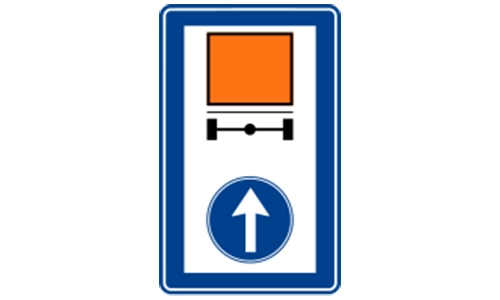
Vehicles with dangerous loads must continue straight. Avoid side roads. Route is pre-approved for cargo.
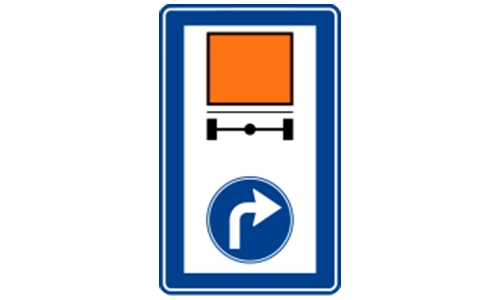
Vehicles carrying dangerous substances must turn right. Enforced for safety routing.
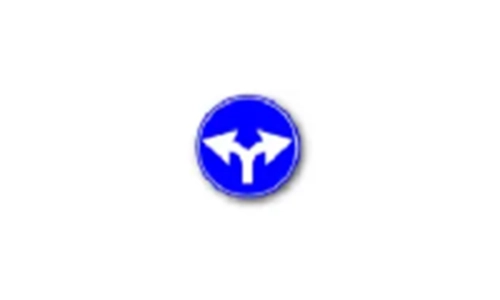
You must prepare to turn right or left soon. Advance notice helps you get into the correct lane. Follow the curve or junction indicated.
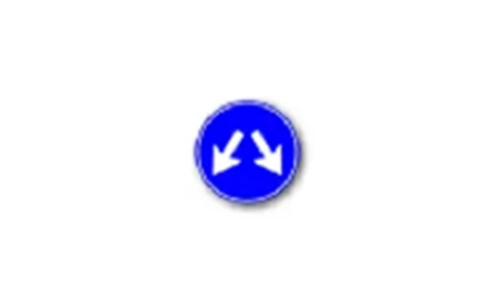
You must pass an obstacle on the right or left. Common near medians or traffic islands. Follow the arrow direction exactly.
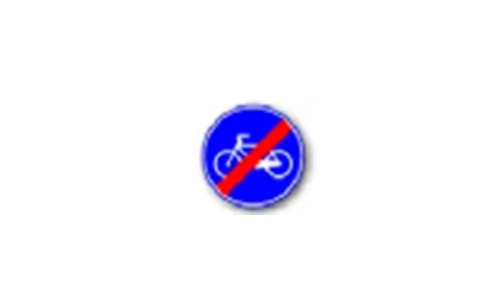
The dedicated bicycle lane or path ends here. Cyclists must join regular traffic. Watch for merging cyclists.
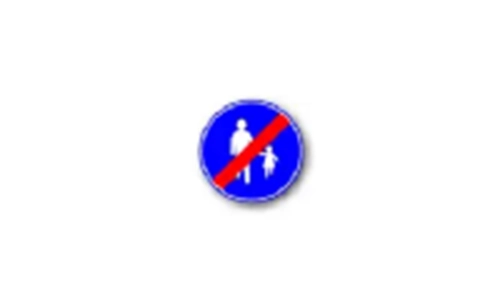
Pedestrian-only walking path ends here. Walkers must use shared or roadside paths. Vehicles may now appear.
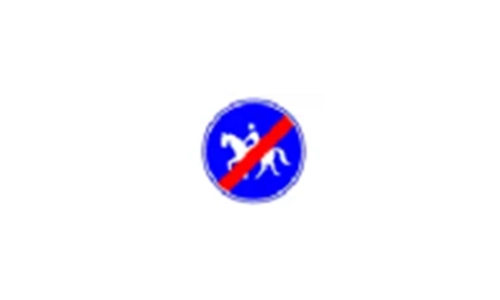
Designated riding area for horses ends here. Riders must return to shared road space. Stay alert in mixed zones.
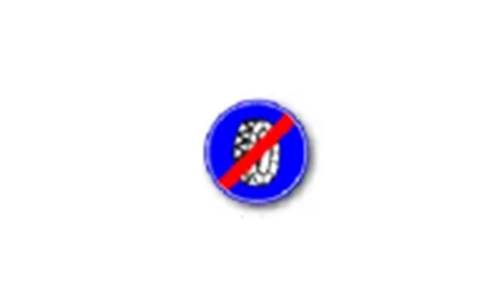
Snow chains are no longer required. Road ahead is likely clear of ice or snow. Remove chains to avoid road damage.
 Pass the Exam easily with Premium Practice Tests | Unlock All with 7 Days Plan
Pass the Exam easily with Premium Practice Tests | Unlock All with 7 Days Plan  Offer Ends in
Offer Ends in
